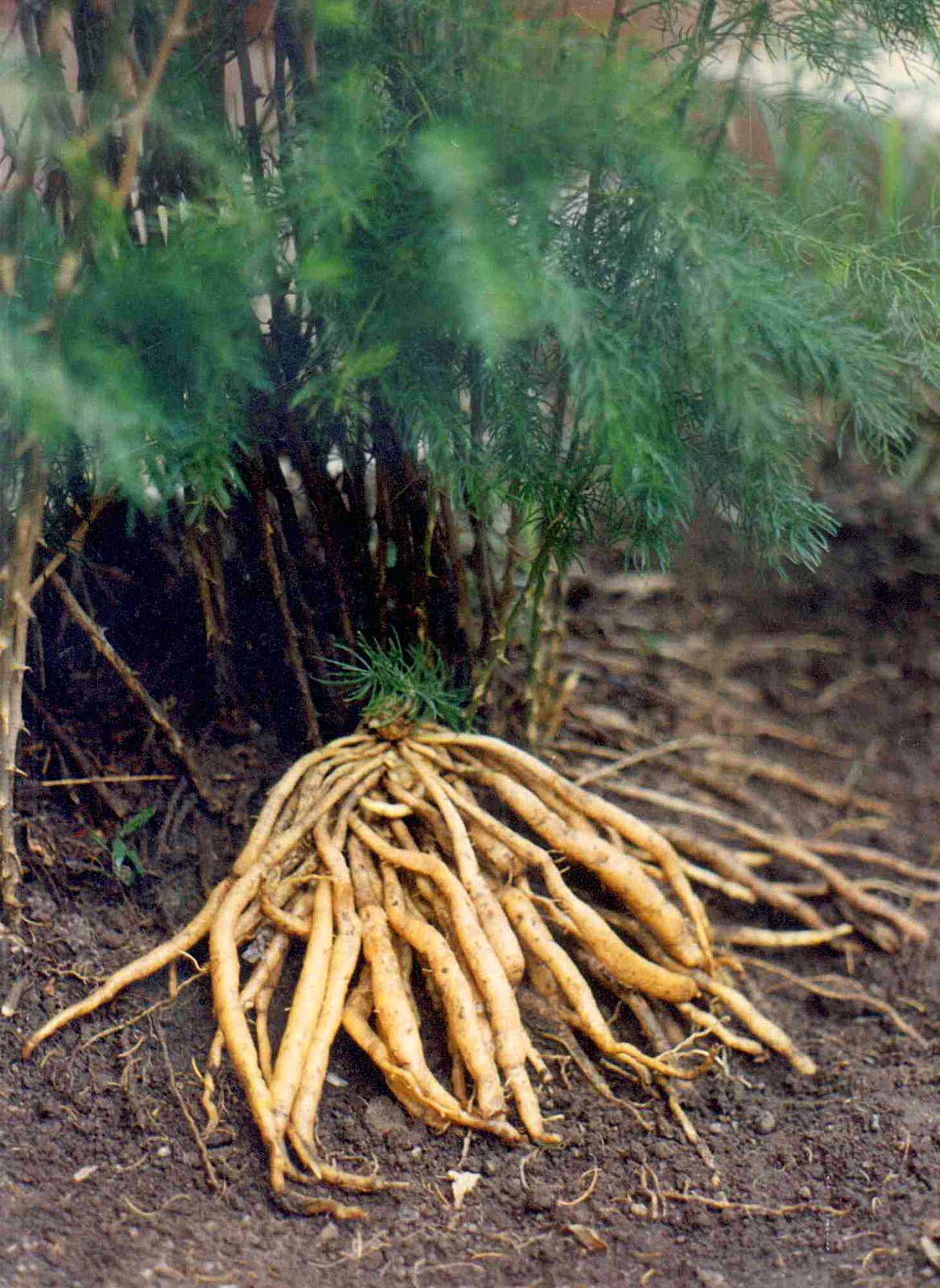Viagra is one of the biggest success stories in drug making history. Pfizer’s little blue pill was first marketed for erectile dysfunction in 1998, and within days company stock doubled. By 2012, doctors were writing over 8 million prescriptions a year, with annual sales totaling about $2 billion.
The drug industry has been eager for a similar success in the female market, but so far all attempts have flopped. There are 24 approved drugs for male sexual dysfunction, yet not a single treatment for women.
The drug that has come the closest is called flibanserin. The product treats a very new diagnosis: Female Sexual Interest/Arousal Disorder. But regulators have repeatedly rejected flibanserin approval because studies have shown only modest results and troubling side effects.
Despite flibanserin’s glaring drawbacks, some accuse the U.S. Food and Drug Administration (FDA) of sexism for its failure to grant approval. Doctors, women’s rights groups, and even female congressional leaders have all pressured the agency to make the medicine available to women desperate for treatment.
In June 2015, an FDA advisory panel urged the agency to reconsider flibanserin for approval one more time.
Formulating Desire
If a drug maker finally does manage to crack the elusive female desire formula, it promises to be even bigger than Viagra, since more women than men report suffering from low or no sex drive.
So far, the complexity of the female libido has proven too tricky to woo with chemicals. The Viagra strategy that works for most men—increasing blood flow to the genitals—doesn’t seem to do much for women.
Flibanserin targets the mind rather than the body. The drug was originally developed as an anti-depressant, until early trials revealed that some women experienced an increase in desire.
However, in advanced trials, flibanserin’s brain chemical alterations didn’t work much better than a placebo, and 15 percent of users stopped taking the drug due to side effects such as dizziness, nausea, anxiety, and insomnia.
Shatavari







